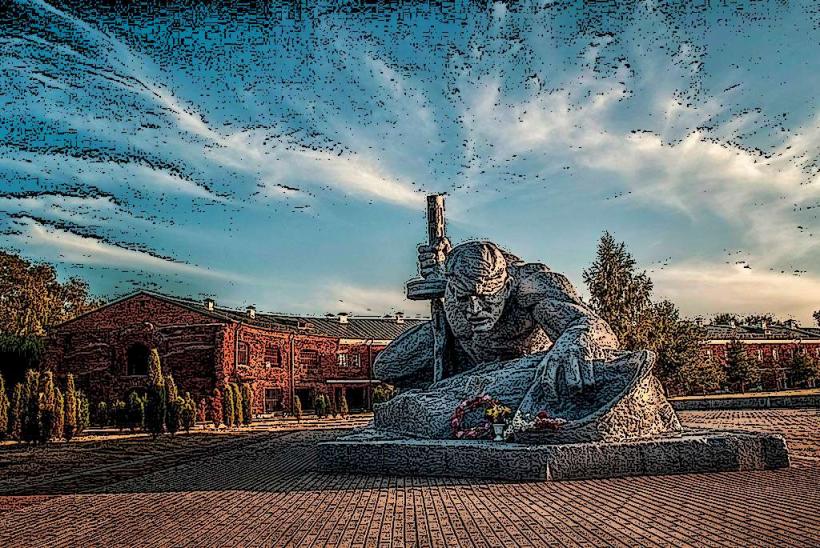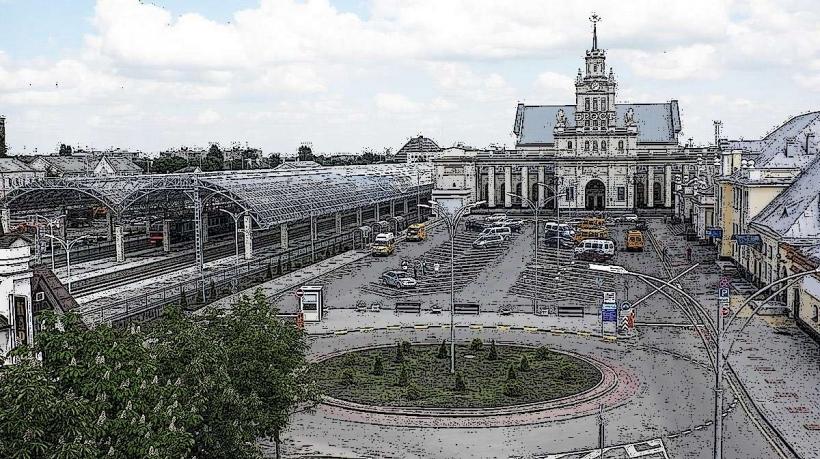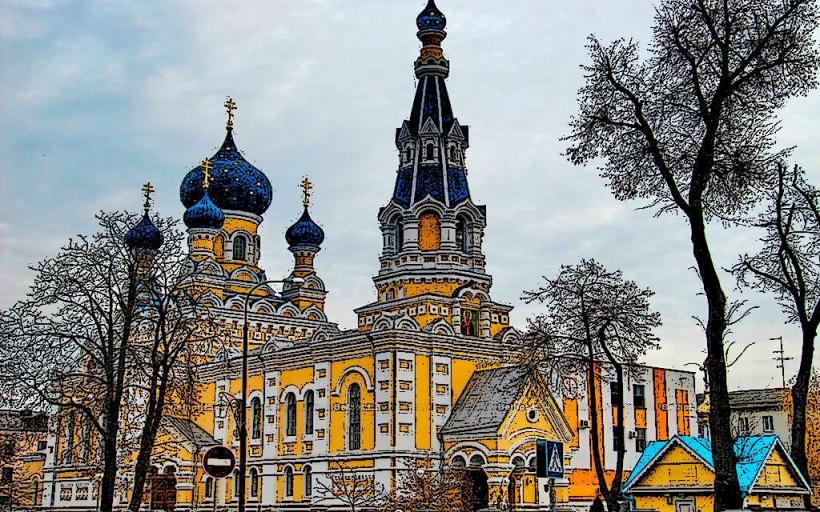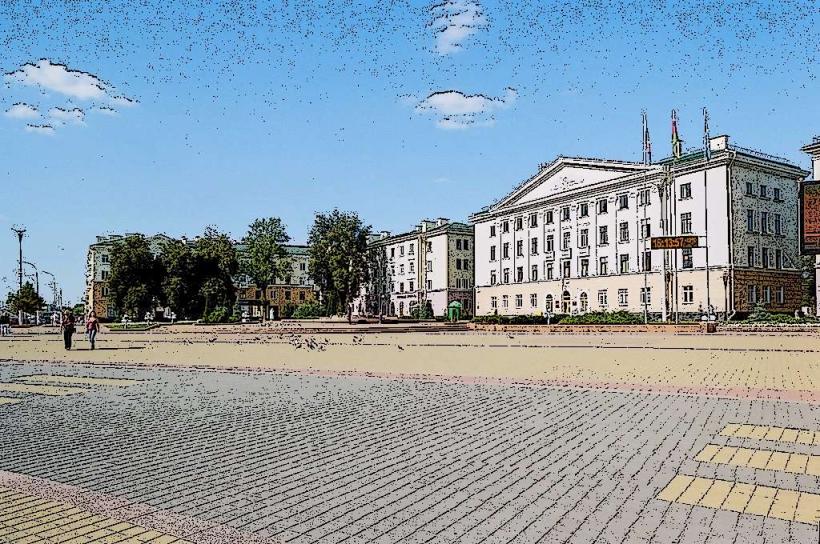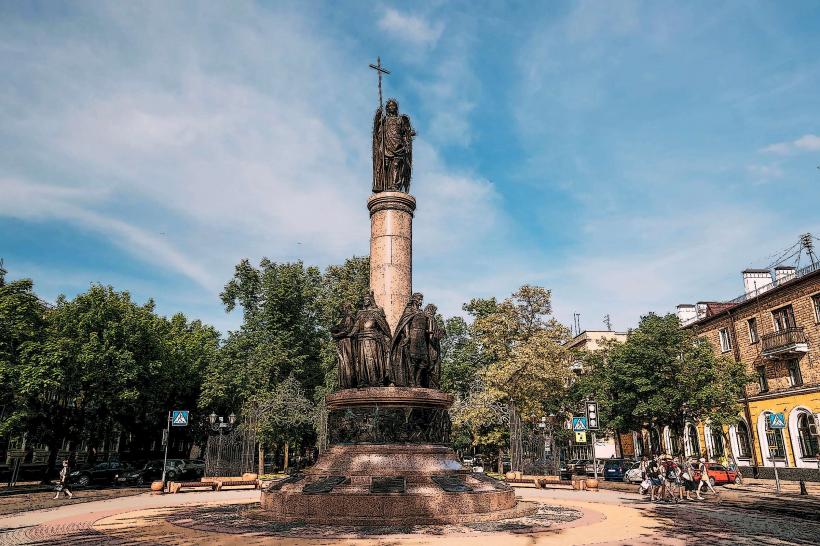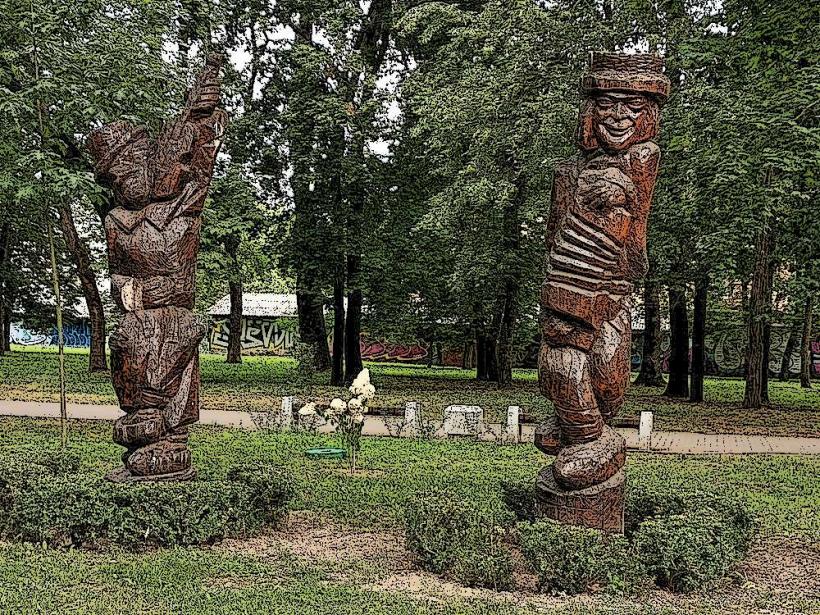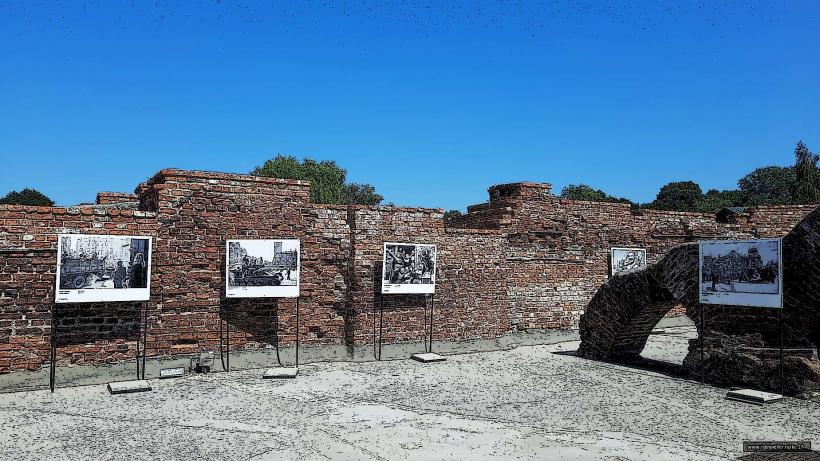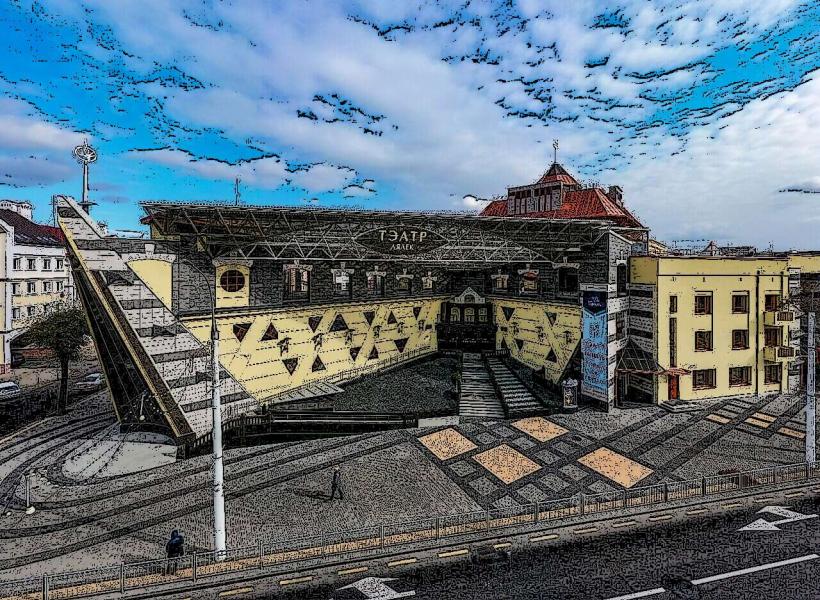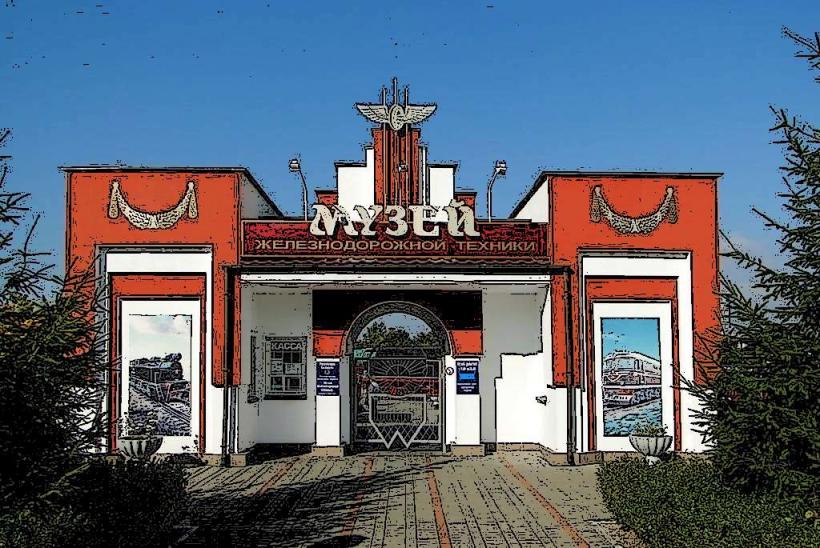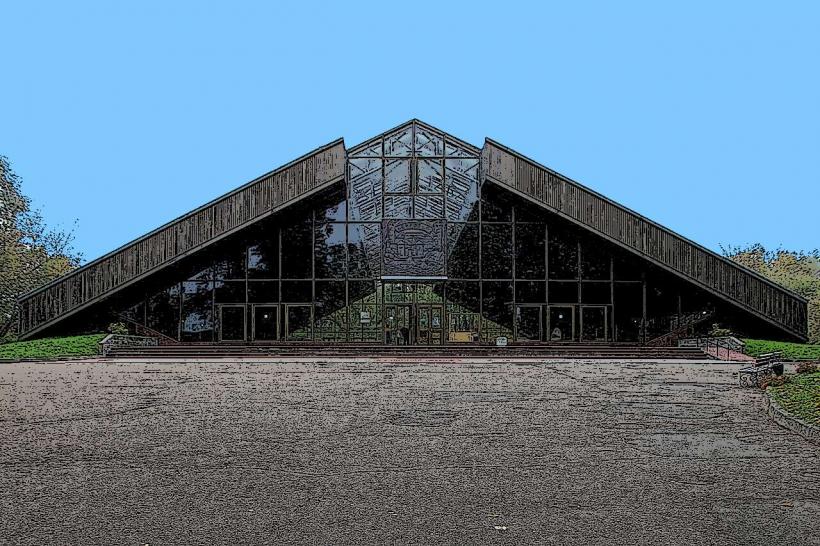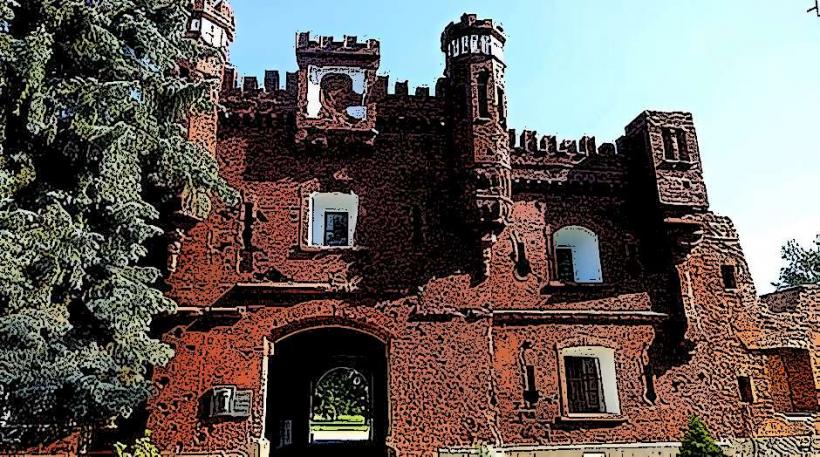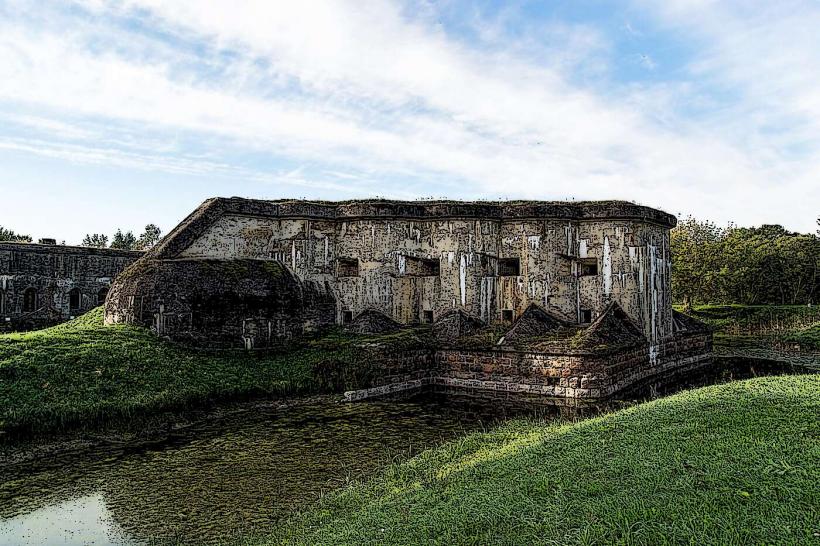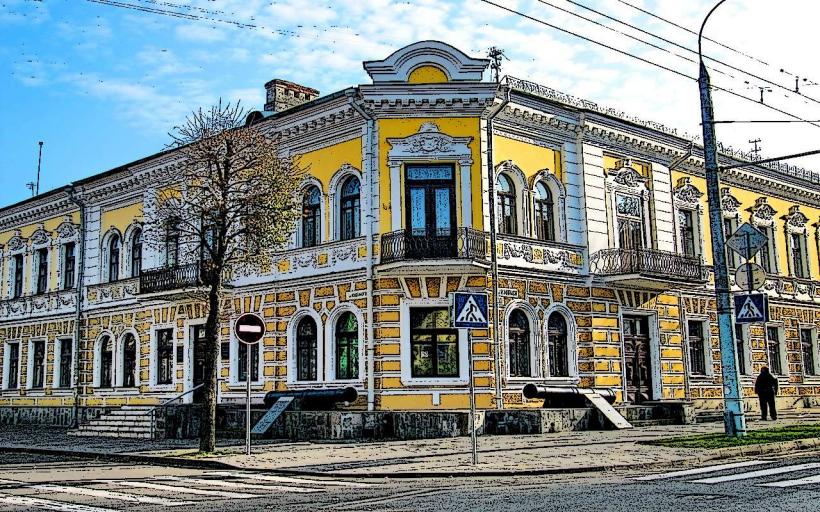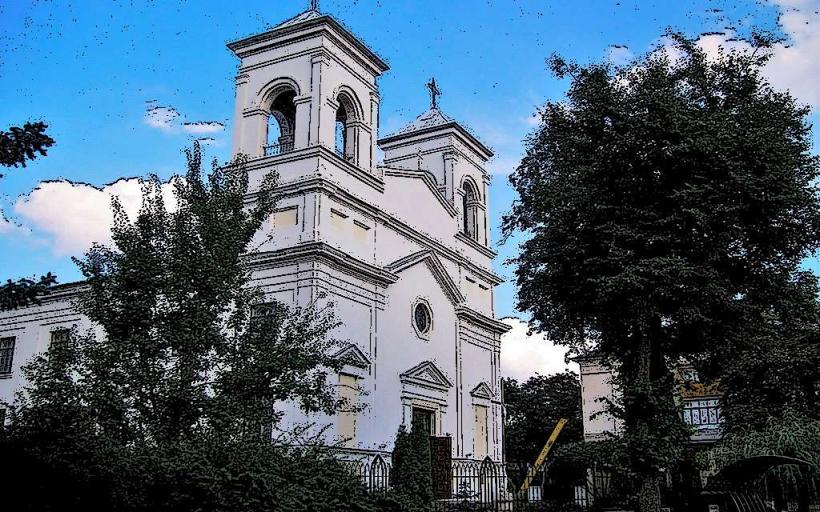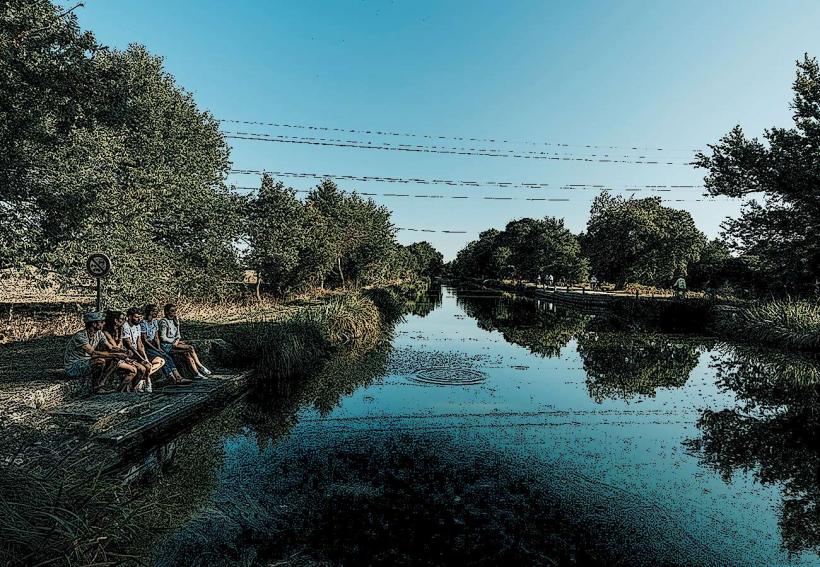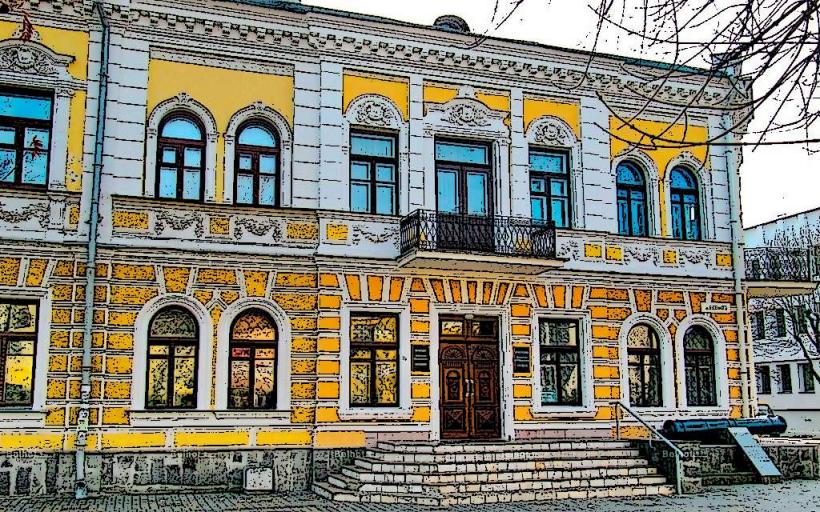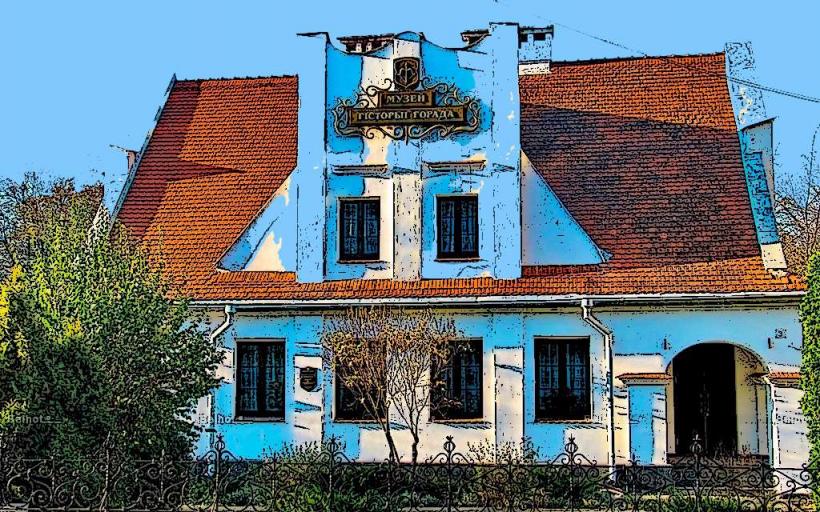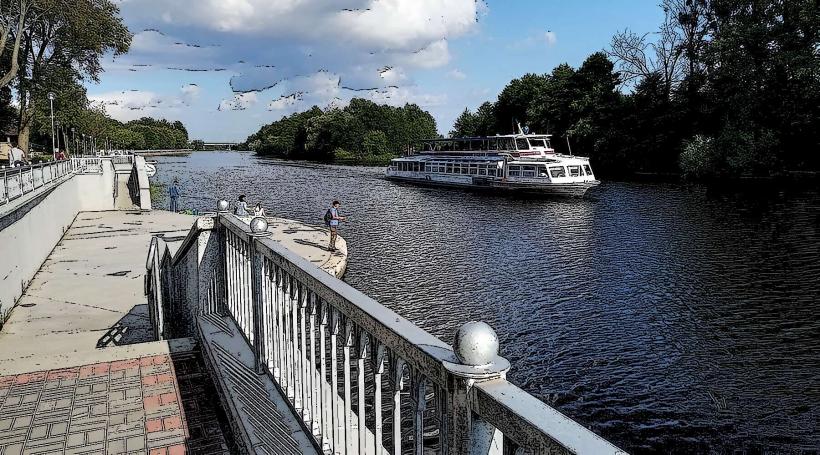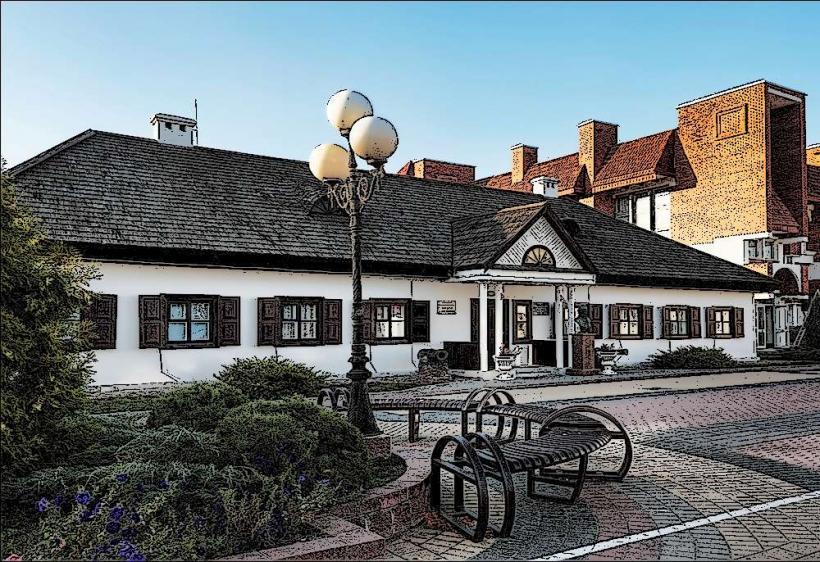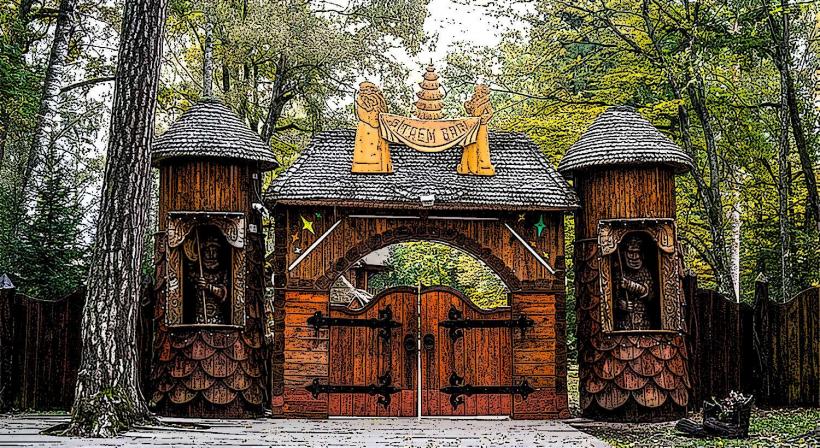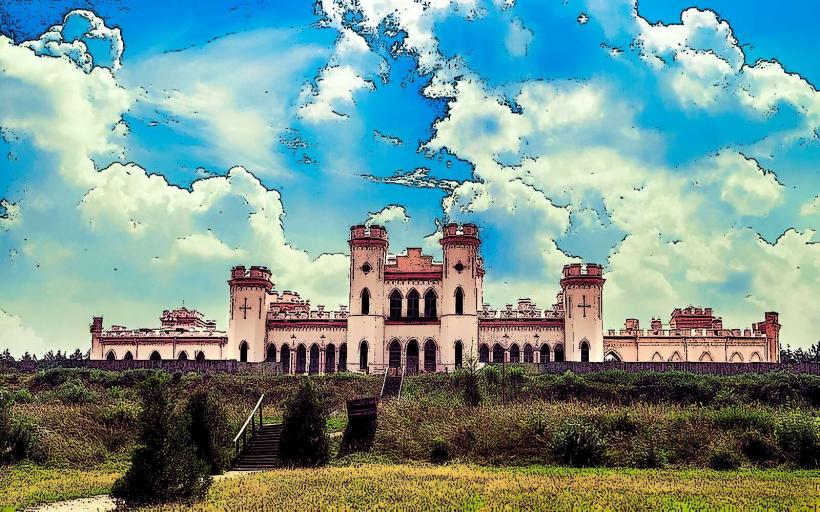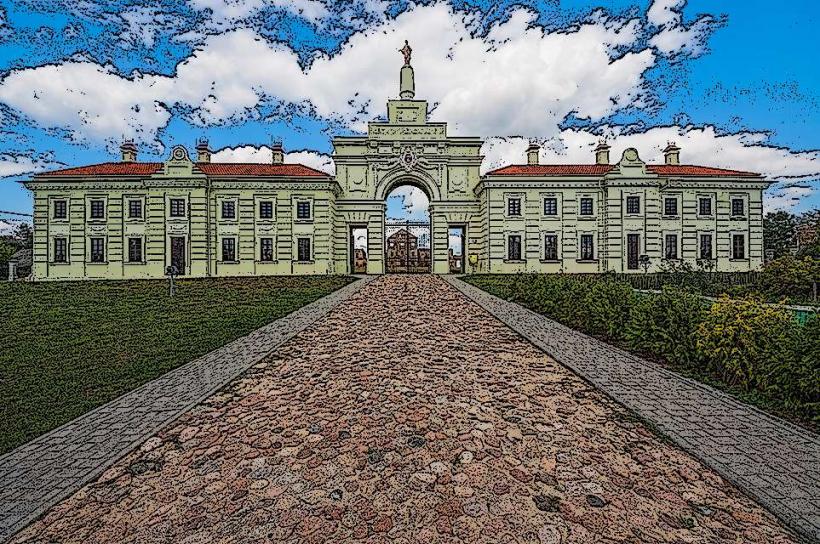Information
Landmark: Holy Resurrection CathedralCity: Brest
Country: Belarus
Continent: Europe
The Holy Resurrection Cathedral (also known as the Holy Resurrection Church) is a prominent Orthodox Christian cathedral located in Brest, Belarus. It is one of the key religious landmarks of the city and holds great cultural and historical significance for both the local community and visitors. The cathedral’s history, architecture, and role in the spiritual life of the region make it an important symbol of Brest.
1. History:
- The Holy Resurrection Cathedral was originally constructed in the 19th century, during the period of the Russian Empire. It was built as part of the expansion of the Orthodox Church in the region and the Russian Empire's influence on the territory.
- The cathedral was designed to serve as a main place of worship for the Orthodox Christian community in the city of Brest. It has undergone several renovations and restorations over the years, particularly after the damage it sustained during World War II.
- During the Soviet era, the cathedral faced challenges as religious buildings were often suppressed or repurposed. The Holy Resurrection Cathedral, however, managed to survive the turbulent periods, and its continued existence speaks to the resilience of the Orthodox faith in the region.
- After the collapse of the Soviet Union and the subsequent revival of religious freedom, the cathedral underwent further restoration, returning to its role as a center of Orthodox worship.
2. Architecture:
- The Holy Resurrection Cathedral features a classic Orthodox architectural style, with elements commonly found in Russian Orthodox churches of the 19th century. The building is known for its grandeur, large dome, and beautiful iconography.
- The cathedral's exterior is marked by brick and stonework, with ornate details that highlight the architectural style of the era. The building is crowned by a central dome, characteristic of Orthodox church designs, symbolizing the heavenly kingdom.
- The interior of the cathedral is richly decorated with icons, frescoes, and religious motifs. The walls and ceilings are adorned with depictions of scenes from the Bible and the lives of saints. The altar area is particularly impressive, with a detailed iconostasis (a wall of icons) separating the altar from the congregation.
- The cathedral also features ornate chandeliers and traditional Orthodox liturgical furnishings, including candelabras and ceremonial items used in worship.
3. Role in the Community:
- The Holy Resurrection Cathedral has long been an important center of religious life in Brest. It serves as the primary place of worship for the local Orthodox Christian population, hosting regular divine liturgies, prayers, and religious ceremonies.
- The cathedral also plays a central role in important religious celebrations, such as Christmas, Easter, and the Feast of the Holy Resurrection. These events attract large numbers of believers who gather for special prayers, processions, and liturgies.
- The cathedral is not just a place of worship but also a cultural hub for the Orthodox community. It hosts religious education programs, and youth groups, and is involved in charitable work and community outreach.
- The cathedral has a strong connection to the history and traditions of the town, and it is often involved in events that mark significant anniversaries or moments in Brest’s history.
4. Cultural and Historical Significance:
- The Holy Resurrection Cathedral is not only a religious site but also a historical monument. It stands as a symbol of the spiritual heritage of Brest and its long-standing Orthodox Christian tradition.
- The cathedral’s survival through the wars and political upheavals of the 20th century reflects its importance to the local community and its continued relevance to the spiritual and cultural identity of the city. During the Soviet period, many religious institutions in Brest were either destroyed or repurposed, but the Holy Resurrection Cathedral remained a beacon of faith for the people.
- The cathedral is a tourist attraction for visitors interested in the religious and architectural heritage of Brest. Its historical significance and stunning design make it a must-see for those exploring the city’s landmarks.
5. Visiting the Cathedral:
- The cathedral is open to visitors, and tourists are welcome to admire its architectural beauty and religious artwork. Visitors can also attend services if they wish to participate in the spiritual life of the cathedral.
- The cathedral’s location in the heart of Brest makes it easily accessible to tourists and residents alike. It is situated near other historical landmarks in the city, making it a great place to visit as part of a cultural tour.
- The cathedral also holds various religious events, such as weddings, baptisms, and memorial services, and visitors can attend these special ceremonies to witness the Orthodox Christian traditions in practice.
6. Restorations and Preservation:
- Over the years, the Holy Resurrection Cathedral has undergone several restorations to preserve its historical integrity. These renovations have helped to maintain the cathedral’s architectural beauty and cultural value.
- Efforts have also been made to preserve the frescoes, icons, and other artworks inside the cathedral, ensuring that the religious and artistic heritage of the building is protected for future generations.
7. Conclusion:
The Holy Resurrection Cathedral is a significant religious, historical, and cultural site in Brest, Belarus. Its architectural beauty, religious significance, and resilience through difficult periods make it a key landmark in the city. It continues to serve as a center of worship, community life, and cultural heritage for the Orthodox Christian population of Brest and visitors from around the world. Whether for spiritual reflection, historical exploration, or cultural appreciation, the cathedral remains a vital part of Brest's identity.

